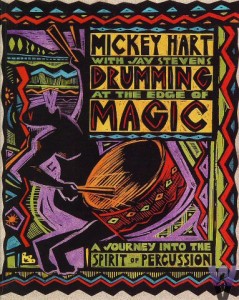 Everything old is new again! Here it is, August 4, 2008, and burning up the blog wires is a piece talking about the "first ever 'tree clause' in a book contract." The clause?
Everything old is new again! Here it is, August 4, 2008, and burning up the blog wires is a piece talking about the "first ever 'tree clause' in a book contract." The clause?
"... the company (Harper & Row) will plant one tree in the rain forest for every tree the author agrees to fund, based on the number of trees used in the production of the book."Why do I say everything "old" is new? This clause was put into action in 1989! That's 19 years ago, folks! So let's take a page from this book, to beat up a long dead cliché. What kind of initiatives could you develop using this as a model? Where can you match funds with customers to plant trees to replace those used to create the paper for a project? And which author triggered the clause? According to the New York Times, in an article datelined March 21, 1990, Harper & Row in San Francisco developed the clause at the request of Mickey Hart, drummer for the Grateful Dead music group, for his book, Drumming at the Edge of Magic. (BTW - you can pick up a first-edition starting at $93 online.) To research the book - a history of ancient musical and rhythmic customs - Hart traveled extensively and became concerned about the environment - rain forests in particular. Hart approached Harper's, asking if the publisher would be willing to plant as many trees as were felled to produce the paper for his book. Harper's not only agreed, but also offered to double the number of trees. The first printing of 50,000 copies of the book represented 45 tons of paper. Quick calculations revealed that 765 trees would meet their demise. With additional printings of the book, the number of trees planted is now well over 2,000. Since the publishing of Hart's book in 1989, Harper's has made an optional "tree clause" available to all authors entering into book contracts.









